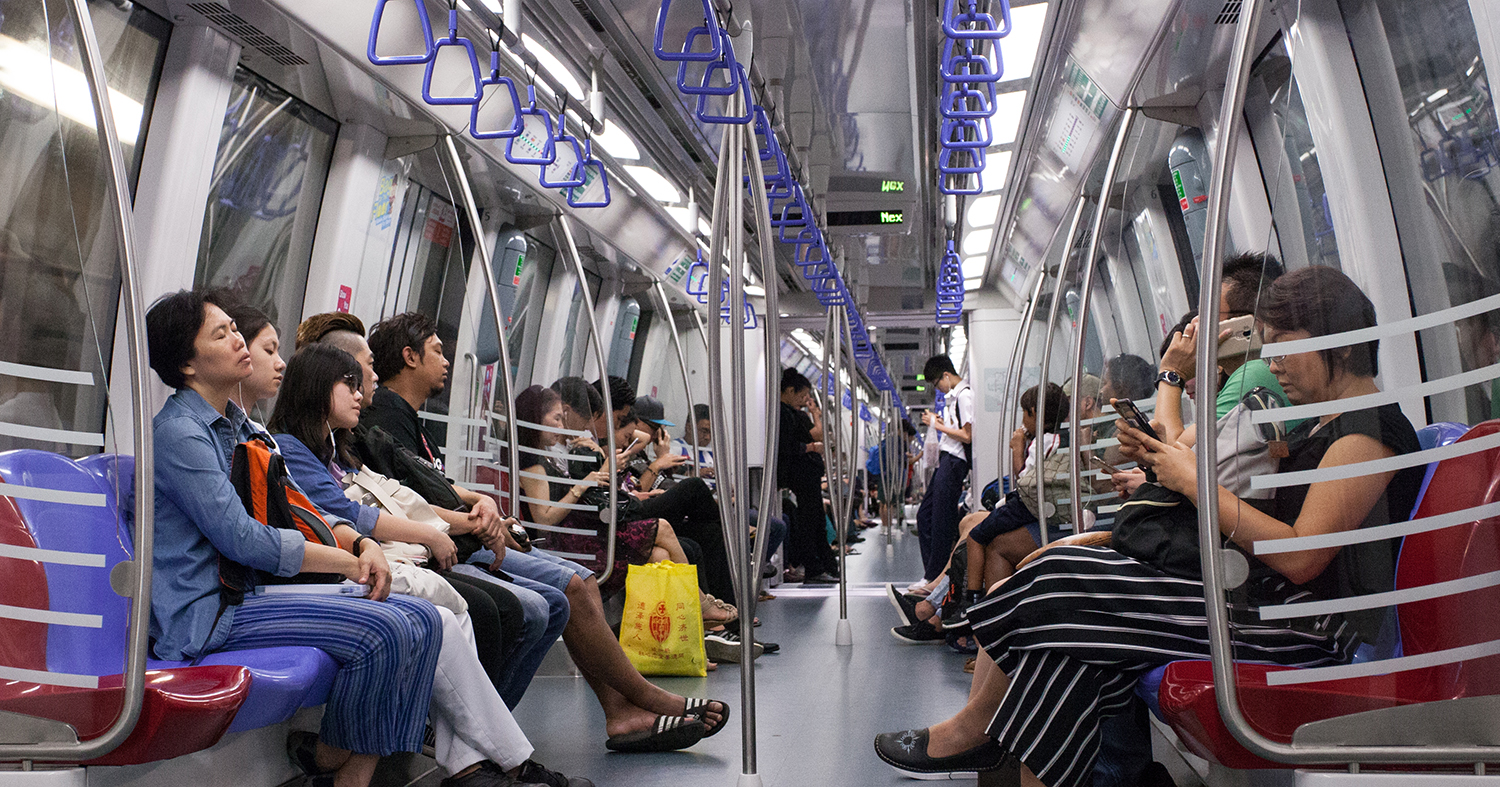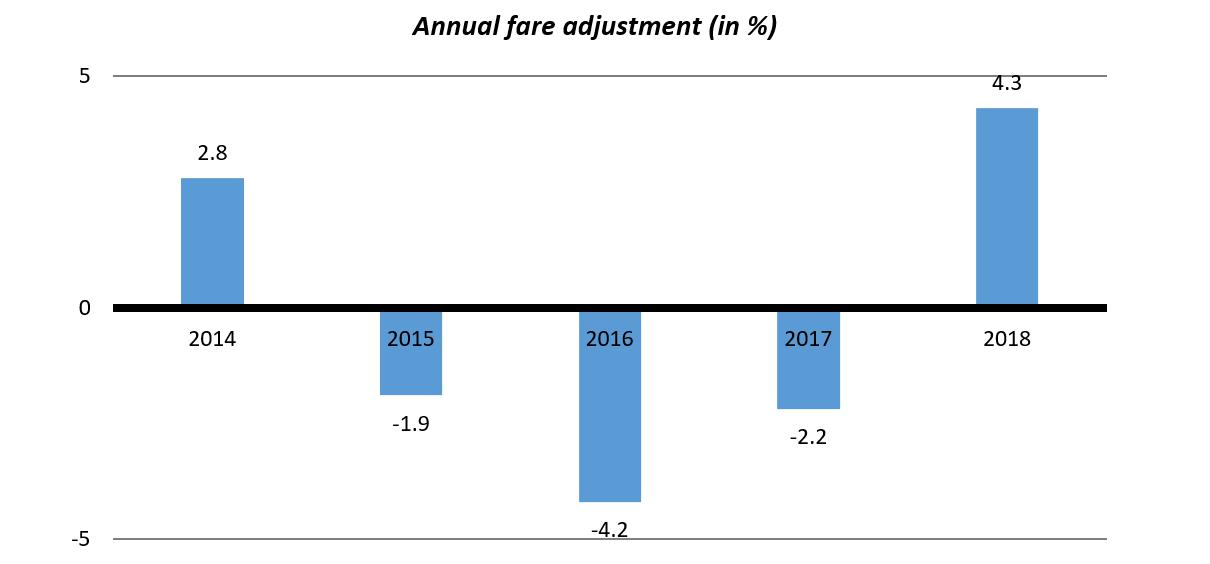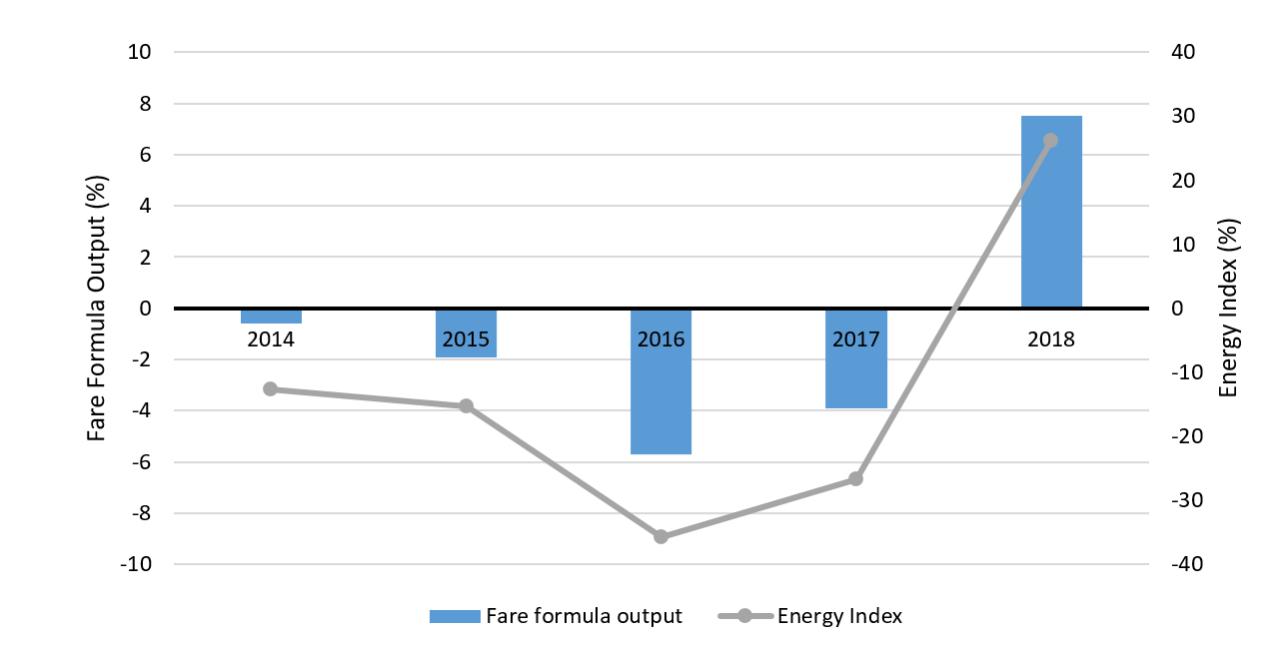S’pore’s public transport fares are not decided on anyhow by the Public Transport Council

This article was first published on Mothership.
On Sept. 3, it was announced that the maximum allowable fare increments for public transport this year is seven per cent.
These allowed changes are determined by the Public Transport Council, a statutory board that regulates public transport fares and ticket payment services.
Here, we share a commentary by Lynette Cheah, a member of the Public Transport Council, that explains the various components affecting public transport fares in Singapore.
Cheah is an Assistant Professor at Singapore University of Technology and Design.
By Asst. Prof Lynette Cheah
With almost 7.5 million trips taken each day, public transport is an integral part of many Singaporeans’ daily lives. We use public transport to commute to work, for our weekend trips to the shopping mall, and to find our favourite hawker food.
Having been recently appointed as a Council member to the Public Transport Council (PTC), this year’s annual fare review exercise will be my first.
Public transport fares only went up twice in the past 5 years
Out of curiosity, I conducted a straw poll among my students on their recollection of public transport fare adjustments in the past five years.
Majority were certain that fares had increased every year. And even among those who recalled episodes of fare reductions, most could not remember the degree of increment or decrement.
Interestingly, there had only been two rounds of fare increases in that period – in 2014 and last year, with fare reductions or no adjustments in the three years in between. All adjustments have been within ±5 per per cent.

Graph courtesy of Lynette Cheah
The council determines fare adjustments by following a formula
Similar to the approach adopted for the Hong Kong Mass Transit Railway and London public transport fares, Singapore uses a formula-based approach to set public transport fares.
The formula sets, objectively, the maximum allowable fare adjustment quantum (essentially the cap on fare adjustments) that can be granted in a given year, while flexibility is accorded to the PTC to decide whether that quantum will be granted in full, or deferred to the next year in part or completely.
The fare formula itself is reviewed every five years.
The current formula, which applies from 2018 to 2022, is based on parameters that broadly reflect changes in the operators’ operating costs.
The underlying principles are to make the formula transparent and responsive, and for fare revenues to be pegged to operating cost, in order to ensure long-term financial sustainability.
Transport infrastructure and capital investments, on the other hand, are subsidised by the government and thereby implicitly borne by taxpayers.
What factors affect the formula?
Digging deeper into the different components of the fare formula, the core consumer price, wage and energy indices reflect changes in overall costs, manpower costs and fuel/electricity costs respectively.
The productivity extraction component shares productivity gains between operators and commuters, and was reduced from -0.5 per cent, to -0.1 per cent from 2018 to 2022.
The network capacity factor, which was introduced after the fare formula review in 2018, tracks the cost movements for supply of network capacity, over commuters’ demand. It increases when growth in capacity outpaces the passenger demand.
A bit about the energy component of the formula
Of all components, the energy index shows the greatest volatility and tends to be the dominant contributor, which warrants further examination.
The energy index is based on year-on-year changes in diesel prices and wholesale electricity prices to reflect the cost of energy for running buses and trains respectively.
Energy prices are highly volatile. In fact, energy price movements are often affected by macroeconomic factors and global developments.
For instance, the dive in global oil prices since mid-2014 was in response to both weak global demand and excessive supply. Weak global demand was attributed to concerns surrounding the sustainability of China’s economic growth at that time, coupled with the weakening economies of Europe and some developing countries.
On the supply side, the rollback of U.S.-imposed Iranian sanctions and the OPEC’s 2014 decision not to cut production had led to abundant supply. More recently, the OPEC’s landmark decision in November 2016 to cut oil production from 2017 was also key to the climb in oil prices since.
We are quite affected by the changes in oil prices globally
Being a small and open economy without any primary energy resource, Singapore imports our fuels and is thereby inevitably impacted by global energy price movements.
The prices of energy products trickle down to various aspects of our daily life – in electricity tariffs, in the price of petrol, and so too the energy costs faced by public transport operators.
The use of a formula for fare setting means that the effect of changes in energy costs can go both ways – all else being equal, fares will increase when energy costs rise, and go down when energy costs fall.
In years where energy costs are lower, like from 2015 to 2017, the negative energy index offset other components, and contributed towards overall fare reductions.

Graph courtesy of Lynette Cheah
Good to think about how affordable our fares are
Concerning fares, ensuring fare affordability is an important consideration.
Notwithstanding the incremental adjustments, public transport fares have remained affordable. In 2018, the average income and lower income households are estimated to spend about 1.9 per cent and 2.7 per cent of their monthly household expenditure on public transport respectively.
McKinsey’s 2018 report comparing the transportation systems in 24 global cities puts Singapore as among the leaders in the dimension of public transport affordability.
Perhaps, Singaporeans – just like my students – tend to only remember years when fares go up. This may be testament to the affordability of public transport in Singapore.
But while affordability continues to be of paramount importance, keeping fare adjustments in pace with changes in operating costs will allow our public transport system to remain sufficiently funded, year after year.
Top photo credit: Mothership file photo
